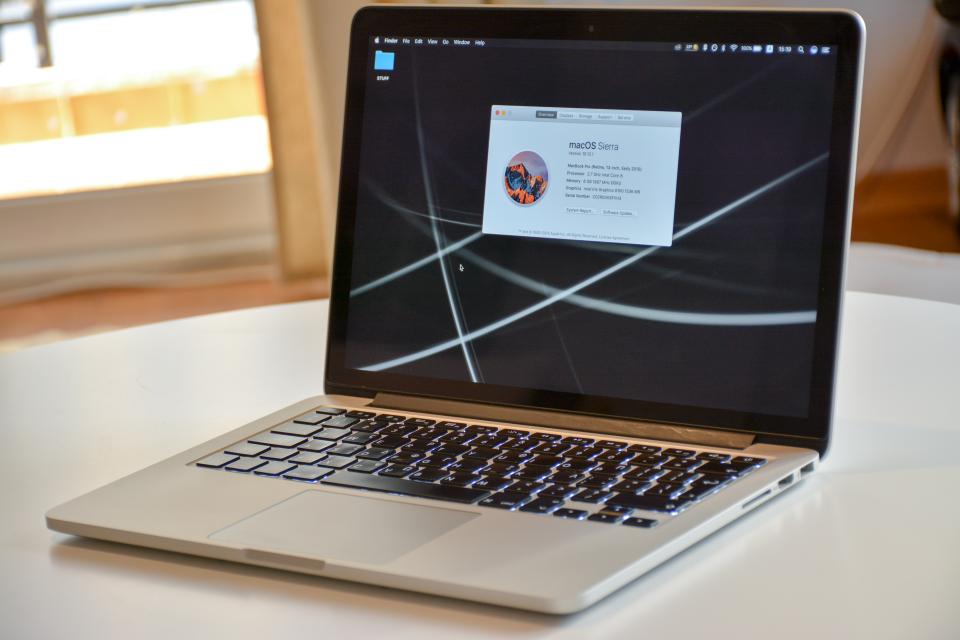A memory leak is an error that causes the application to gradually fill up all the virtual memory that is controlled by the operating system. Many modern languages organize a stack and a heap in virtual memory, providing more efficient and convenient management of the temporary memory area. Memory leaks have several other names, including parasitic memory allocation, stack destruction, memory corruption, quasi-overflow (buffer overflow).
The main reason for memory leak is the inability to free virtual memory, which is dynamically requested by the application. There are no external tools to fix a memory leak, except to avoid using the application’s working area that causes a memory leak. Most technical support staff simply recommend that you stop running the program or restart the operating system. There is an example of a Microsoft technical support team message regarding a memory leak in a commercially available version of the Windows 95 operating system.
MEMORY LEAK IN THE WINDOWS 95 KERNEL WHEN USING WINDOWS SOCKETS (Winsocks for short)
When you start a program that uses Windows sockets, in the Windows 95 environment, the amount of memory used by the operating system may increase with time, especially if the program opens and closes multiple channels.
CAUSE
The kernel of Windows 95 (Kernel32.dll) contains an error that prevents the correct deallocation of certain small data structures associated with the processes of Windows sockets and dedicated channels. Over time, these small memory leaks can lead to a significant reduction in the amount of available memory.
Keep in mind that the resources associated with the program can be released by exiting the program. After exiting the program and restarting Windows 95, the memory is released.
How resilient is your organization to cyber attacks?? You may know this for sure after resorting to pen testing services. They are used to protect IT infrastructure from security vulnerabilities and eliminate them if any.
Microsoft has committed tools required to circumvent and fix these memory leak errors to the relevant Websites.
As a rule, a memory leak occurs in a small function that is correctly written for its successful branch, but incorrectly – for an unsuccessful branch. If virtual memory allocation is performed at the time the function is started, but user input causes the program to terminate, the error handler for this interrupt may not be programmed to free virtual memory.



















Add Comment